“Triethanolamine (TEA)” has been added to your cart. View cart
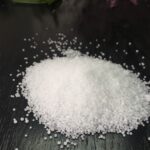
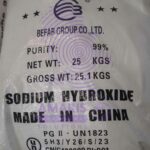
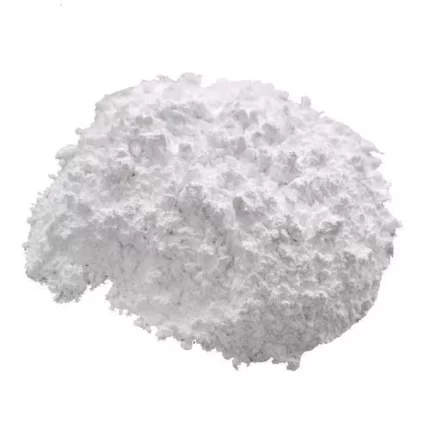
Calcium Carbonate (uncoated)
KSh4,900.00 Original price was: KSh4,900.00.KSh4,800.00Current price is: KSh4,800.00.

Citric Acid Anhydrous 25kg
KSh9,000.00 Original price was: KSh9,000.00.KSh7,800.00Current price is: KSh7,800.00.
Caustic Soda Pearls 25 kg bag
KSh7,000.00 Original price was: KSh7,000.00.KSh6,500.00Current price is: KSh6,500.00.
Sodium hydroxide, commonly known as caustic soda or lye, is a highly caustic and alkaline compound that is used in various industries for its strong basic properties, including the production of soaps, detergents, and paper. It is a white, odorless solid that is highly soluble in water and can be extremely hazardous if not handled properly. Sodium hydroxide is a strong base that can cause severe burns and tissue damage upon contact with skin and other organic matter.
SKU:
ACS65237CHEM0
Categories: Builders, PH Adjusters
Description
caustic soda
- Production of Chemicals: Sodium hydroxide is used as a raw material in the production of various chemicals, including organic and inorganic compounds, such as detergents, textiles, and paper.
- Soap and Detergent Manufacturing: Sodium hydroxide is used in the production of soaps and detergents as a strong alkali that reacts with fats and oils to produce soap.
- Water Treatment: Sodium hydroxide is used in water treatment to adjust the pH level and to remove metals and impurities from water.
- Food Processing: Sodium hydroxide is used in food processing as a cleaning agent to remove dirt, oil, and other contaminants from food equipment and processing surfaces.
- Petroleum Refining: Sodium hydroxide is used in petroleum refining to remove impurities and neutralize acidic components.
- Textile Industry: Sodium hydroxide is used in the textile industry to remove impurities from fabric and to adjust the pH level of dye solutions.
- Pulp and Paper Manufacturing: Sodium hydroxide is used in the pulp and paper industry as a cooking agent to break down wood chips into pulp and to bleach paper.
- Aluminum Production: Sodium hydroxide is used in the production of aluminum to dissolve impurities and to separate the metal from other compounds.
Reviews (0)
Be the first to review “Caustic Soda Pearls 25 kg bag” Cancel reply
Shipping & Delivery
You may also like…
Caustic Soda Flakes 25 kg bags
Caustic Soda Flakes (Sodium hydroxide,) commonly known as caustic soda or lye, is a highly caustic and alkaline compound that is used in various industries for its strong basic properties, including the production of soaps, detergents, and paper. It is a white, odorless solid that is highly soluble in water and can be extremely hazardous if not handled properly. Sodium hydroxide is a strong base that can cause severe burns and tissue damage upon contact with skin and other organic matter.
Sodium Hydroxide Pearls 500gm
Analytical Reagents, Builders, Coagulants and Flocculants, Drilling Fluids, Excipients, Finishing Agents, PH Adjusters
Sodium Hydroxide Pearls are small, solid beads of sodium hydroxide, a strong alkaline compound. They are commonly used in industrial applications, including cleaning, pH regulation, and chemical synthesis. The pearls dissolve easily in water, forming a highly caustic solution that can handle a variety of tasks, from de-greasing surfaces to adjusting the acidity of solutions. They require careful handling due to their corrosive nature and can cause severe chemical burns if not used properly.
Related products
AcetateSodium 500gm
Acidulants, Analytical Reagents, Excipients, Microbiology and Cell Culture Reagents, PH Adjusters, Preservatives
Sodium acetate is a compound with the chemical formula CH3COONa. It is often found as the trihydrate form, meaning it has three water molecules attached to the acetate ion. This compound is commonly used in various industries, including food production, where it serves as a preservative or acidity regulator. In chemistry, it's used in buffers and sometimes as a reagent. Sodium acetate is also utilized in heating pads for its ability to undergo a process called crystallization that releases heat when needed.
Disodium Hydrogen phosphate dihydrate
Disodium hydrogen phosphate dihydrate, also known as disodium phosphate dihydrate or Na2HPO4·2H2O, is a chemical compound with the formula Na2HPO4·2H2O. It is a crystalline solid that consists of two sodium cations (Na+) and one dihydrogen phosphate anion (HPO42-) combined with two water molecules (H2O).
Disodium hydrogen phosphate dihydrate is commonly used as a food additive, buffering agent, emulsifier, and pH regulator in various industries. It has a wide range of applications, including in the production of beverages, processed foods, and pharmaceuticals. Additionally, it is utilized in laboratory settings for various chemical and biological experiments.
The compound is highly soluble in water, which contributes to its effectiveness as a pH buffer. It can act as both a weak acid and a weak base, making it useful in maintaining a stable pH level in solutions. Its versatile properties and easy availability make disodium hydrogen phosphate dihydrate a commonly employed chemical in numerous applications.
Formic Acid 85% 25 kg Jerrycan
Formic acid is a colorless, pungent liquid with a chemical formula of HCOOH. It is the simplest carboxylic acid, naturally occurring in certain fruits and vegetables and in the venom of some ants. It has a wide range of industrial applications as a preservative, antibacterial agent, solvent, and in the production of textiles, leather, rubber, and other materials. It also has some medical applications and is used in organic chemistry reactions as a reducing agent. However, formic acid is highly corrosive and can be dangerous if ingested or inhaled in large quantities.
Magnesium oxide 25kg
Magnesium oxide is a chemical compound consisting of magnesium (Mg) and oxygen (O). It is commonly known as magnesia or periclase. Here are some key points about magnesium oxide:
- Chemical Formula: The chemical formula for magnesium oxide is MgO.
- Physical Properties:
- It is a white solid at room temperature.
- Magnesium oxide has a high melting point of 2,852°C (5,166°F), making it useful in high-temperature applications.
- It is insoluble in water.
- Formation: Magnesium oxide is typically formed by the calcination (heating) of magnesium carbonate or magnesium hydroxide.
Sodium Carbonate Anhydrous 500gm
Acidulants, Analytical Reagents, Builders, Finishing Agents, PH Adjusters, Soil Conditioners, Solvents
Sodium carbonate soda ash light is a refined form of sodium carbonate, which is a white, crystalline compound with the chemical formula Na2CO3. It is called "light" because it has a lower density compared to other forms of sodium carbonate.
Soda ash light is primarily used in industrial and commercial applications, including glass manufacturing, water treatment, detergent production, and as a pH regulator in various chemical processes. It is known for its alkaline properties and its ability to effectively neutralize acidic substances.
Sodium Carbonate soda ash light 50kg
Sodium carbonate soda ash light is a refined form of sodium carbonate, which is a white, crystalline compound with the chemical formula Na2CO3. It is called "light" because it has a lower density compared to other forms of sodium carbonate.
Soda ash light is primarily used in industrial and commercial applications, including glass manufacturing, water treatment, detergent production, and as a pH regulator in various chemical processes. It is known for its alkaline properties and its ability to effectively neutralize acidic substances.
Sulphuric acid 47kg 98%
Sulphuric acid is a highly corrosive and strong mineral acid with the chemical formula H2SO4. It is a dense, colorless, odorless, and viscous liquid that is soluble in water and is one of the most widely used chemicals in industry. Sulfuric acid is used in the production of fertilizers, dyes, detergents, and other industrial chemicals. It is also used as a laboratory reagent and in the processing of metals and ores. Sulfuric acid is known for its ability to react violently with many substances, and it should be handled with extreme care.
Triethanolamine (TEA)
Triethanolamine (TEA) is a viscous organic compound that belongs to the class of alkanolamines. It is characterized by its three hydroxyl groups, which make it a triol. TEA is a versatile chemical compound used in various industries, including cosmetics, pharmaceuticals, textiles, and metalworking.
The best definition of triethanolamine can be summarized as follows: Triethanolamine (TEA) is a colorless, viscous liquid compound with the chemical formula C6H15NO3. It is produced by the reaction of ethylene oxide with ammonia, followed by subsequent ethylation. TEA has the ability to act as both a weak base and a weak acid, making it an excellent pH adjuster and buffer in many applications. It is widely used as an emulsifier, surfactant, pH regulator, and corrosion inhibitor in numerous industrial and consumer products.

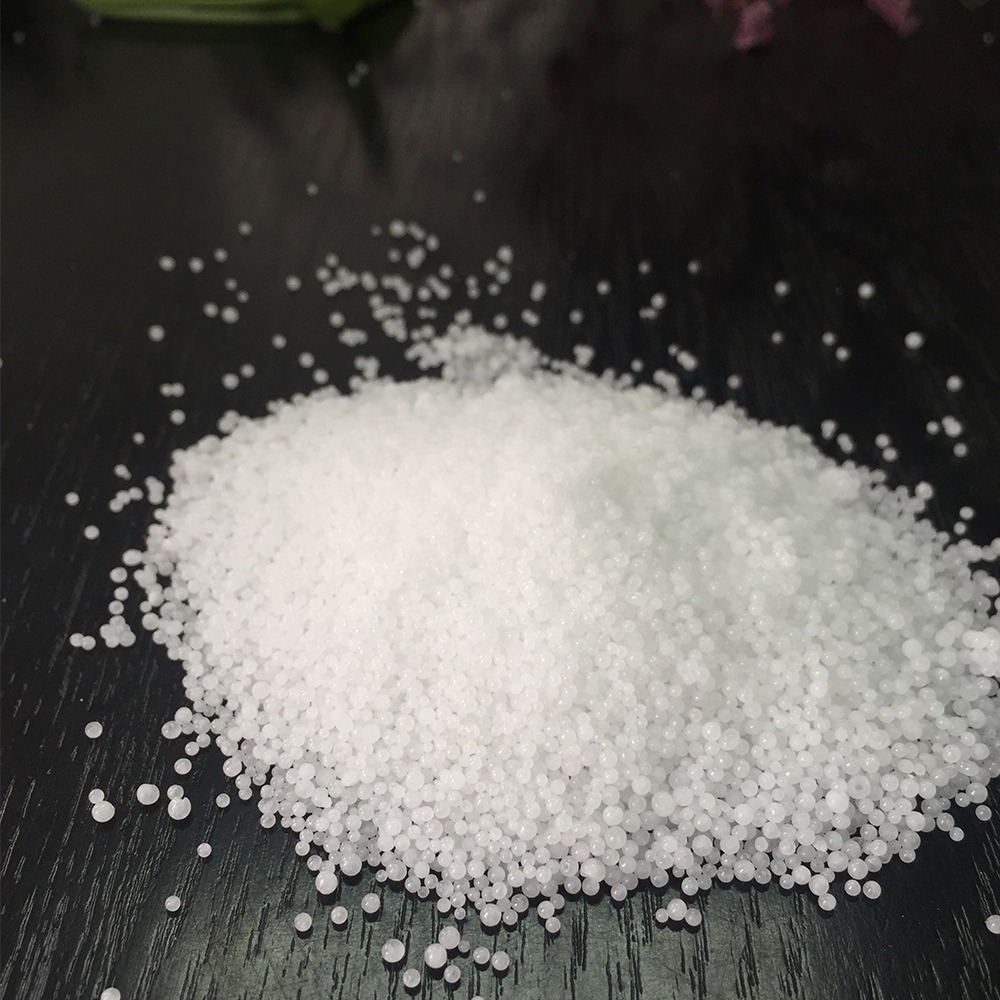
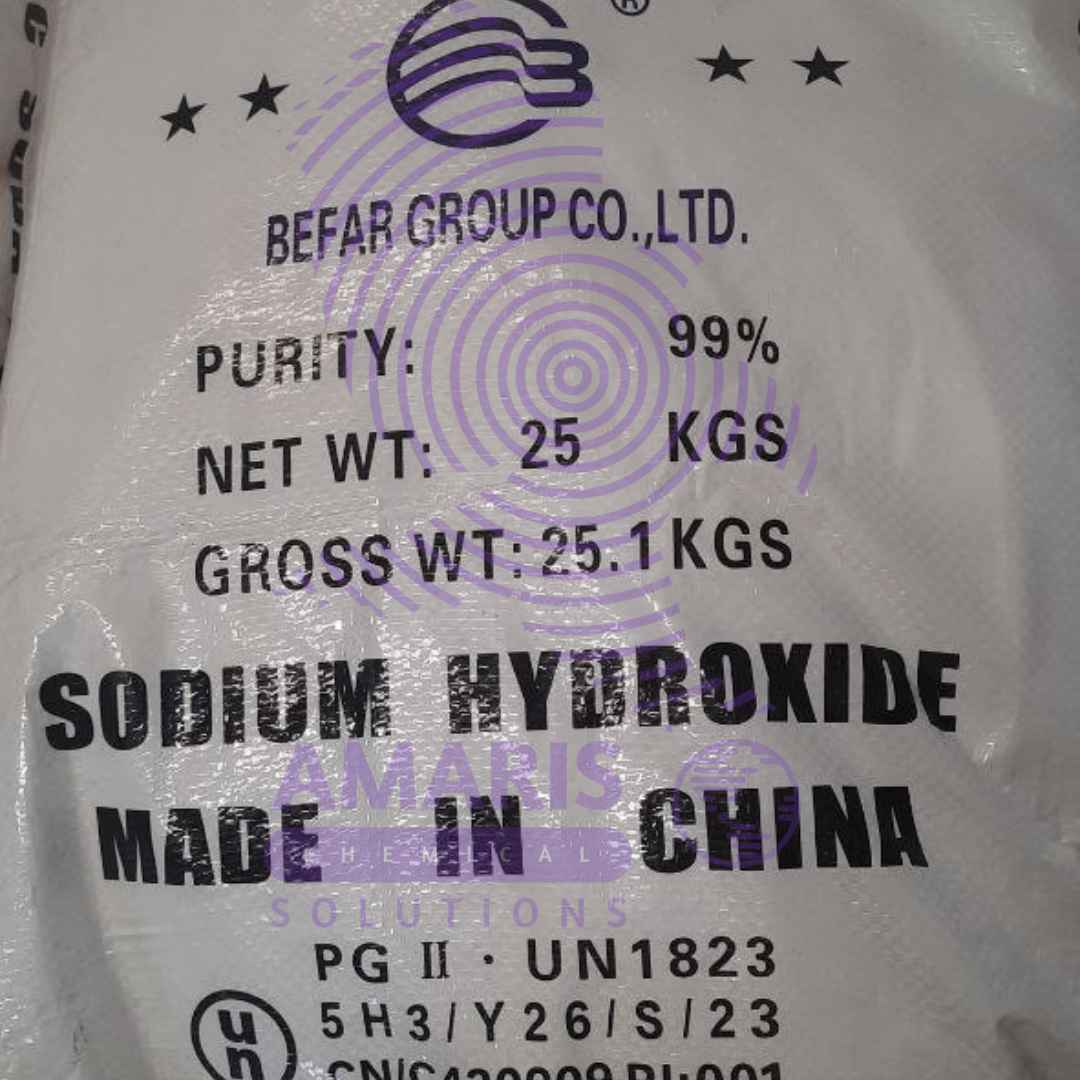


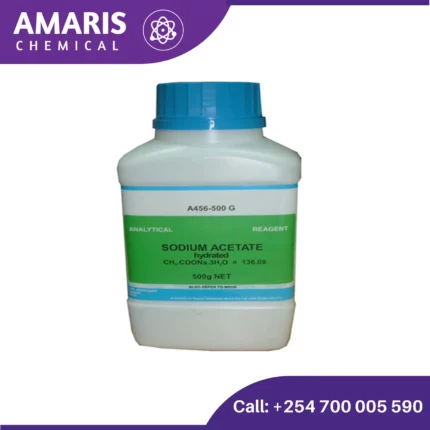
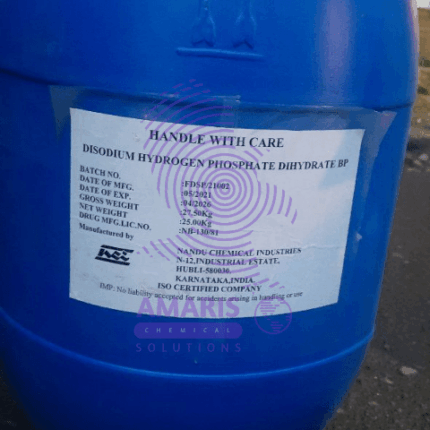
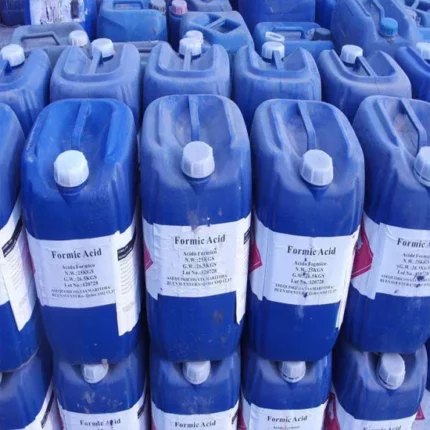
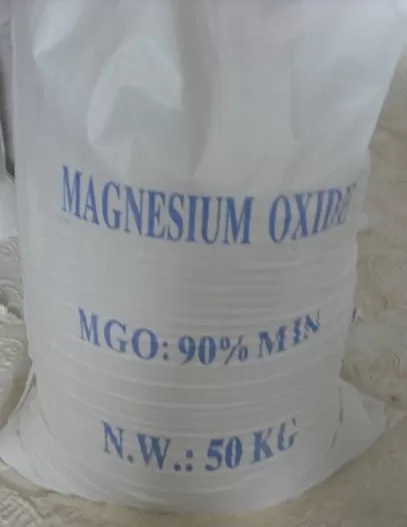
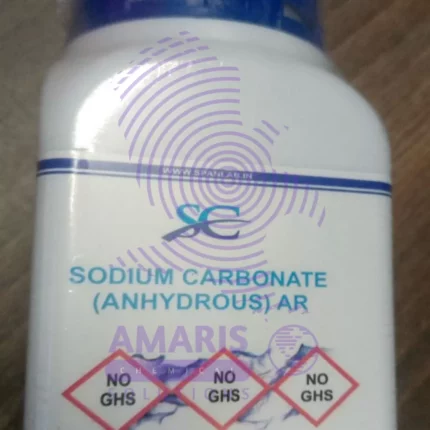
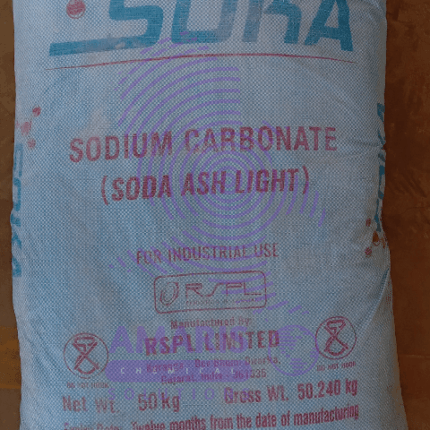
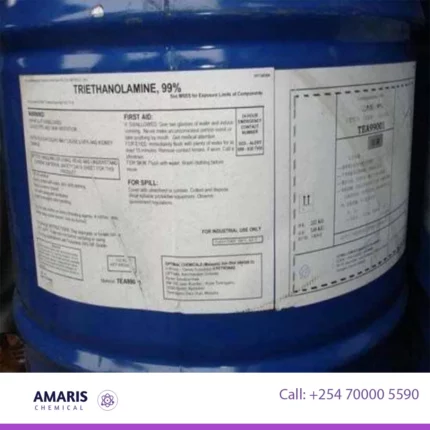







Reviews
There are no reviews yet.